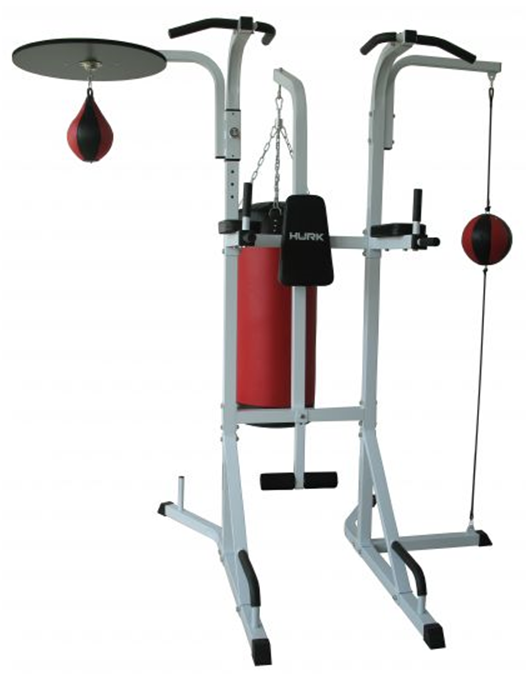 Has this ever happened to you? You watch an infomercial on some new exercise equipment that allows you to do a great number of exercises that work your muscles and burn calories. It looks fairly easy to do. Maybe it even looks fun! You watch long enough to be convinced that you need this equipment. That you could do the exercises. That you could have a better body by following the program or included video. Then you find out the price. Oh no, it’s expensive. That gives you pause…. Should you spend the money? You think about this for awhile, maybe going back and forth in your decision. Finally, you decided that yes, you will invest in this new equipment because your body and overall health are worth it.
Has this ever happened to you? You watch an infomercial on some new exercise equipment that allows you to do a great number of exercises that work your muscles and burn calories. It looks fairly easy to do. Maybe it even looks fun! You watch long enough to be convinced that you need this equipment. That you could do the exercises. That you could have a better body by following the program or included video. Then you find out the price. Oh no, it’s expensive. That gives you pause…. Should you spend the money? You think about this for awhile, maybe going back and forth in your decision. Finally, you decided that yes, you will invest in this new equipment because your body and overall health are worth it.
So you get the equipment and look briefly at the suggested exercises. There are so many possible ones! You eagerly set up the equipment in your bedroom or spare room or basement and you pick one exercise and do it. Well, it’s a little harder than you thought. But you persevere…at least that day. The next day you are sore so you tell yourself that you’ll just take a short break from your workouts.
And then, before you know it, months have passed and you realize that you have barely used that equipment. But just as you mutter, “what a waste” you realize something important: the waste was not in buying the equipment, the waste was in not using it.
The same is true for companies that invest time and money in the acquisition and implementation of a project management system and then barely use it. What a waste!
Why does this happen?
- No matter how easy it looks in a commercial or demo, it does take some effort to learn the basics. People are impatient; they want to just jump in and see results right away. But it pays to take the time to learn the basics—whether it is proper technique or standard workflows—in order to reap the benefits in the long term. That is why we at Spitfire Management offer user training as part of our implementation of new systems. We know that those who learn the basics do better overall.
- It takes time to learn about all that the equipment or system offers. Doing one or two things well is beneficial, but a greater return on investment requires the time to learn what else can be done. For example, our Spitfire Project Management System is designed for the effective and efficient execution of projects from bids to awarded contracts and daily reports, to change orders, to punch lists and closeout all while tracking the finances of the project. If a client were to use the system just for Daily Field Reports, they would be wasting the resources at their disposal.
- People resist change. The couch potato or runner who is not in the habit of using the new equipment will soon lose interest unless the new exercises become the habit. Likewise, employees who grumble, “that’s not how I do it” will soon revert back to old ways unless they understand that developing new habits will improve their life soon enough.
Indeed, the person who sticks with the various exercises as well as the person who learns to fully use the project management system gets to the day when they think, “Wow, that was totally worth it! I’m so glad I didn’t give up on this.”
If you are a current user of the Spitfire Project Management System and would like to be trained on additional functionality, contact our support team.
If you are not a current user of Spitfire, but are ready to reap the benefits of implementing and using such a project management system, contact us for your free demo.
After all, investments need not be “a waste.”
Tweet
Pingback: The Steak, The Sizzle, The Dream. What Hooked You? | Spitfire Project Management System